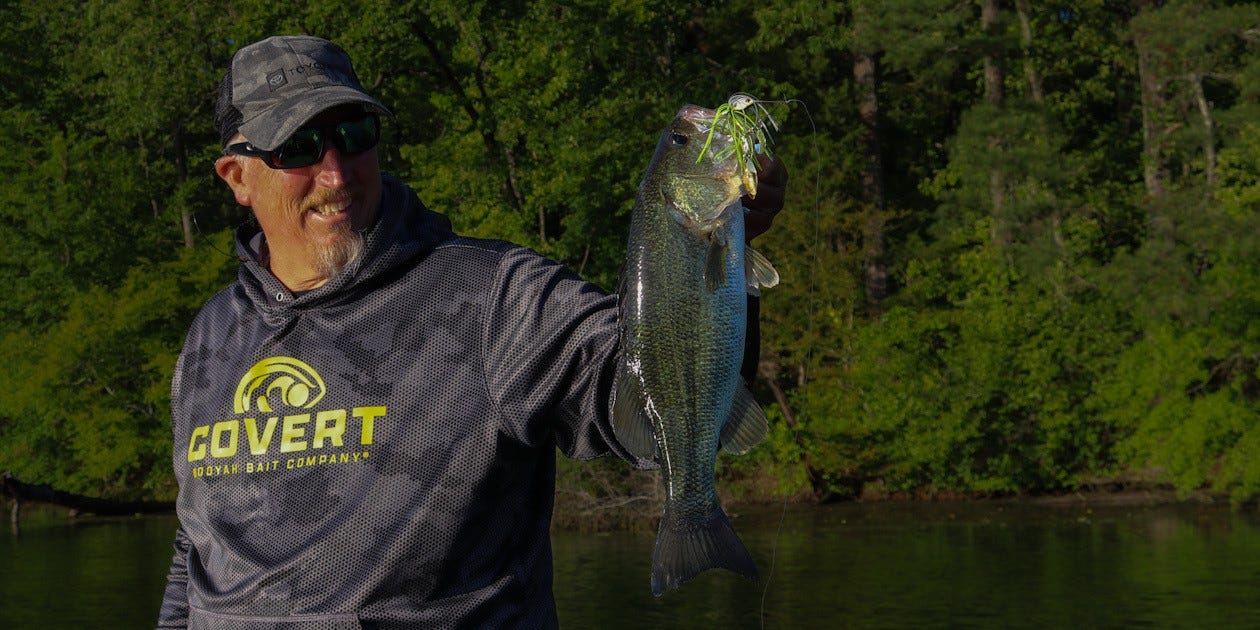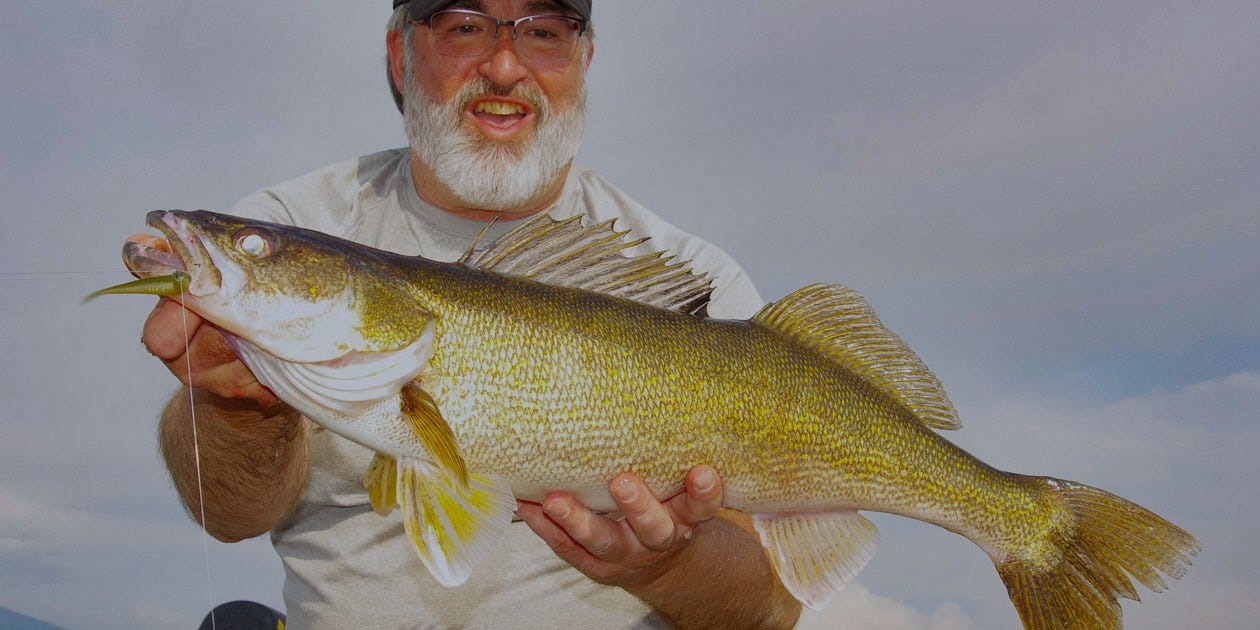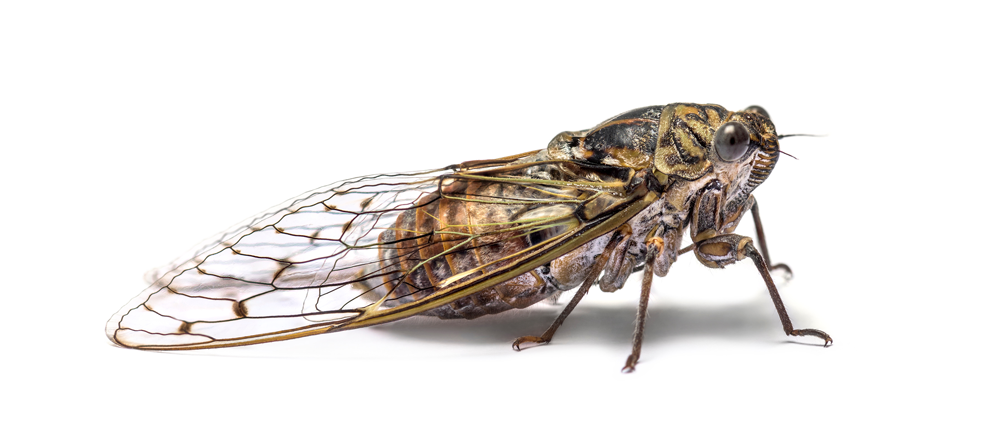- Aug 4, 2022
Fishing on Foot for Topwater Bass Fishing Fun
Walking the banks of ponds or wading creeks and throwing topwater lures is a fun and easy way to find great summer fishing action.
Bank fishing, creek fishing and topwater bass fishing rank among my favorite ways to fish, and during summer I often get to combine those things. It is a wonderfully simple approach, walking the bank of pond or wading up a creek and using topwater fishing lures, and good opportunities continue throughout summer and well into autumn.
Because I’m not launching a boat or running anywhere and the approach is very basic, this type of fishing lends itself to outings of any length. I can go for a few hours in the morning or close to dark and have plenty of time to find good fishing action.
I typically consider it “topwater bass fishing” because black bass are the target species and make up the biggest part of the catch. That said, I’ll almost always catch multiple species in a day, and I know that any fish that attacks my topwater lure could be a bluegill, rock bass, white bass or who knows what else. That suits me. I like catching fish – all kinds of fish – and variety only adds fun in my mind.
Let’s take a closer look at this fun and highly productive style of summer fishing, beginning with the topwater fishing lures I typically carry for a bank fishing or creek fishing outing.
Topwater Fishing Lures
My typical gear for this style of summer fishing is a light spinning rod and 6- or 8-pound test and I like multi-species opportunities, so the topwater lures I carry are all at the small end of the spectrum. The selection includes baits that make a range of sounds, typically in a variety of colors because conditions and fish moods vary. I keep the selection modest, because simplicity is one of the appeals of creek fishing and pond bank fishing for me, but I do carry enough lures to have options.
- Rebel Pop-R – A Pop-R P60 or Teeny Pop-R provides a perfect option when bass are responding to pops and chugs. I tend to prefer the original for ponds and the Teeny for creeks, fishing either with a mix of quick snaps for classic pops and slower sweeps to make them chug. I most often use a Pop-R when I’m focused on working near banks, deadfalls, rocks, eddies and other specific targets.
- Heddon Zara Puppy – A small slender version of the iconic Zara Spook with small hooks that penetrate even with light tackle, the Zara Puppy walks the dog with amazing ease. I like a Pup for covering water and calling fish from flats, extended current seams, tops of points and other broad areas.
- Heddon Tiny Torpedo – The Tiny Torpedo and its even smaller brother, the Teeny Torpedo, call fish with a tail prop that spins and spits with every snap of the wrist. Beyond providing a different sound for fish in different moods, Torpedoes bridge Pop-R and Puppy situations for me. I fish them slowly, with twitches followed by substantial pauses, for working cover, but will also keep them moving with an ongoing series of wrist snaps and steady reeling to cover water and find fish.
- Rebel Bighopper – The Bighopper, which is a slightly larger version of the classic Rebel Crickhopper, is technically a shallow crankbait, and if you reel it steadily, it dives and wobbles. I fish it mostly as a topwater lure, though, and at least begin every presentation on top. A Bighopper masterfully mimics a hopper or other terrestrial insect that finds itself afloat when twitched to dance or reeled slowly with the rod high to wake the surface.
- BOOYAH Pond Magic Buzz – A small frame 1/8-ounce buzzbait designed for smaller water and light tackle, the Pond Magic Buzz is my topwater lure of choice for working quickly to find aggressive fish, especially if fish seem to be using cover that is prohibitive for working with open treble hooks.
Better Bank Fishing
Beyond serving up extra fun because fish attack lures on the surface, topwater lures make bank fishing more efficient. A topwater lure doesn’t drop into submerged trees and other cover that can’t be seen from the surface. That’s important because snagged lures are less readily retrieved when you’re fishing from the bank. Many subsurface lures also work best when they are worked down slopes, which usually means away from the bank, but topwater lures stay at one level, so that’s not a factor.
Preparation is important for efficient and productive bank fishing. The only fishing gear I normally carry is a light spinning rod and reel combination, a few small stowable boxes of lures, and a spare reel, which I carry in backpack. The backpack, which keeps my hands free and spares having to repeatedly set down a bag and pick it back up, also contains pliers, water, lunch or snacks if I’ll be fishing a while and misc. extras like a phone, keys, sunscreen and bug spray.
Preparation also includes research if I’ll be fishing an unfamiliar location. Many smaller waters don’t have official maps, but there might be a park map or other literature with line drawings that show road access, parking areas, fish attractors, etc. I’ll also look at the area on Google Earth to get an idea of the depth and see features like brush, channel edges or big rocks that might not be visible by walking the bank.
Mobility is another key to success. I like to have a reasonable amount of bank to walk, and I’ll keep moving until fish give me a reason to slow down. Topwater lures make it easy to search for fish, but the search is much more efficient if those lures don’t repeatedly follow the same few paths. The capacity to keep moving is the main reason I keep my tackle very simple and carry it on my back.
Wading Creeks
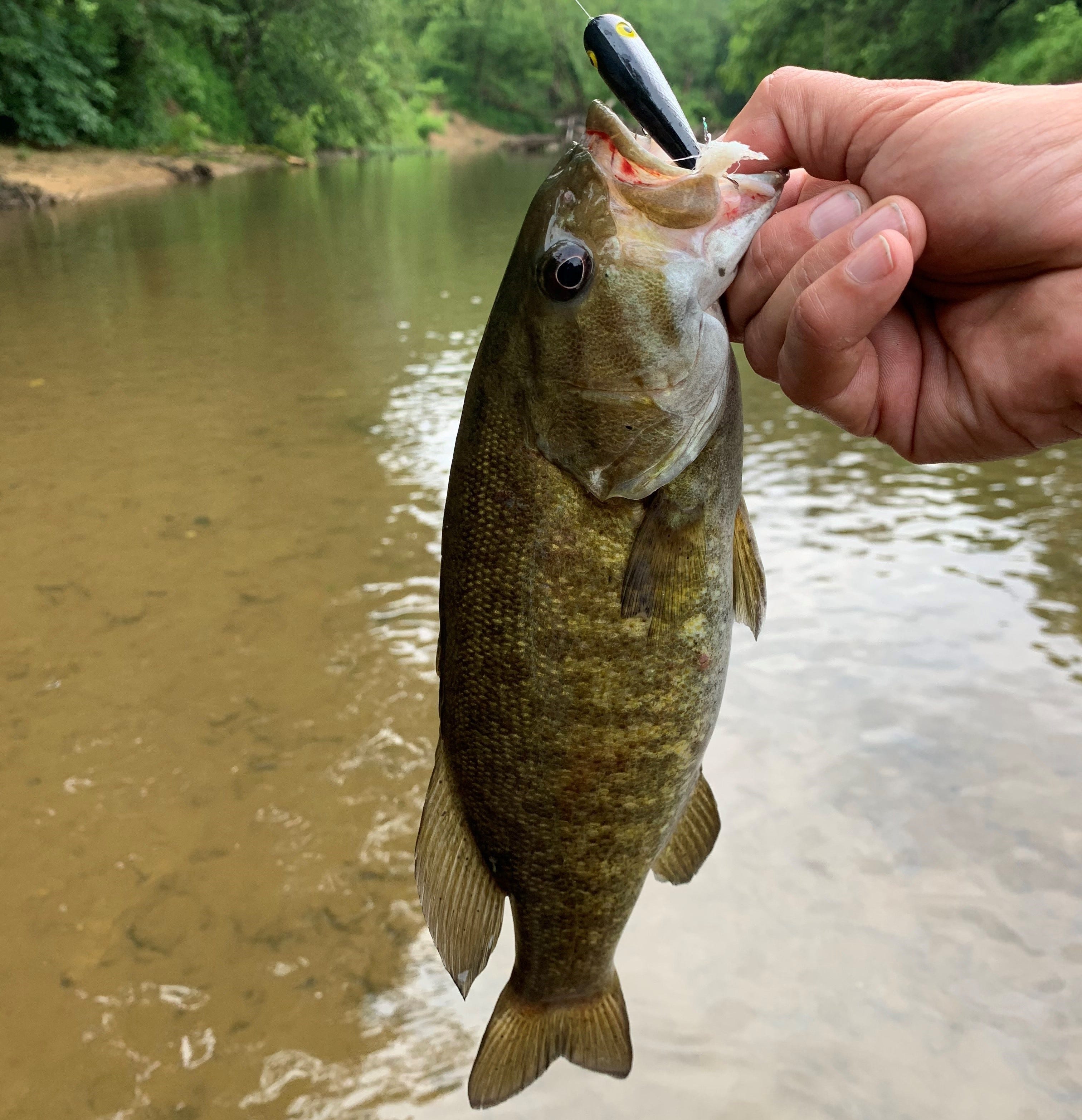

My preferred creek fishing approach is also mobile, wading up or down a stream. If the option exists, I’ll typically work upstream, because doing so allows me to stay behind fish, which orient upstream in current, and to make more natural presentations with lures drifting in the current.
When possible, I prefer to plan one-way wades. If I wade with a friend and two access points are within reasonable range, we’ll put a vehicle at the upper end and then ride together to the lower end and get in. Much like a float trip plan, just n the opposite direction. Even if I’m alone, if there’s a paralleling road or trail that pushes close to a stream in places, I’ll often fish to such a spot and then walk back by the path or road instead of backtracking in the stream.
The other main difference between my bank walking and wading approaches is that when I wade, I’ll often wear a vest or at least a shirt that has big pockets, and I’ll put lures in a few extra-small boxes that can fit in those pockets. Accessing lures from a backpack to change baits can be challenging in some streams. For the same reason, instead of carrying pliers in a backpack, I’ll typically have hemostats hanging from my shirt collar or pocket or a beltloop.
Subsurface Options
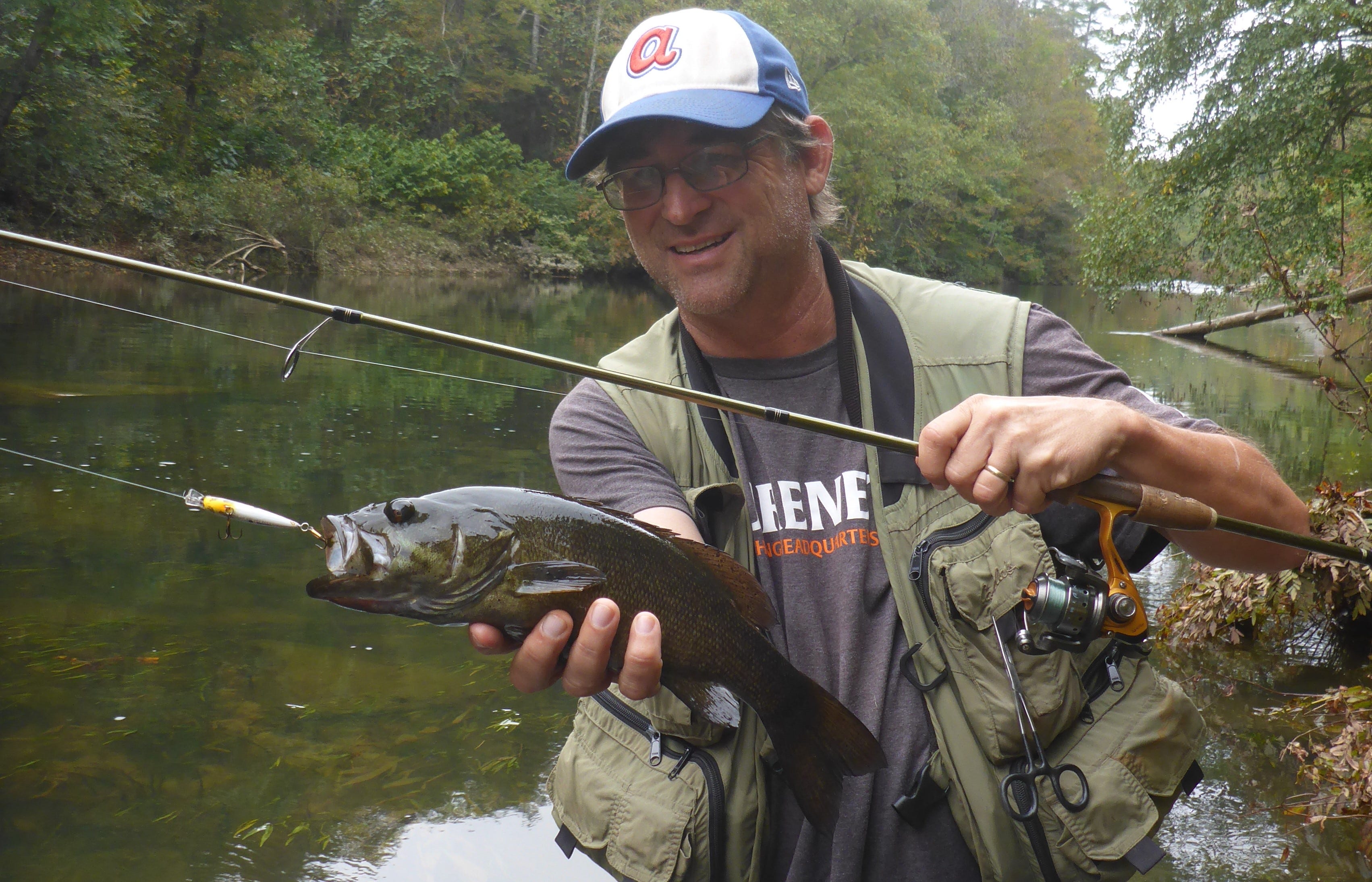

For those occasional summer days when the fish simply are not feeding up.

